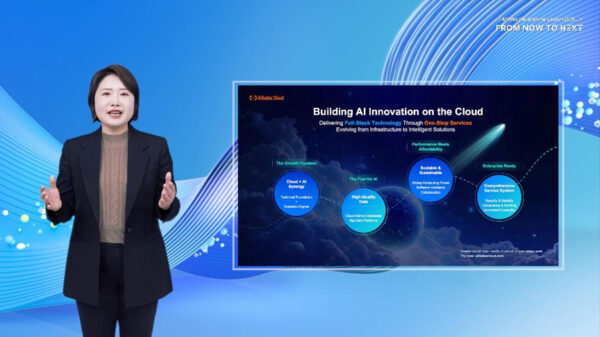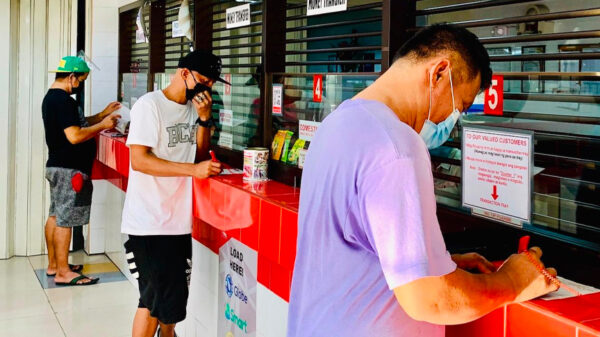Financial technology services and offshore virtual currency exchange (FTSOVCE) firms contributed a total of ₱ 371,949,735.32 to the Cagayan Economic Zone Authority’s (CEZA) income for the first nine months of 2018.
For the said period, CEZA’s total income was ₱518, 296,127.70, 212% higher than the income generated (₱166,339, 889.03) in the same period of the preceding year.
Sec. Raul L. Lambino, head of the said agency, said that 17 fintech firms remitted a total of ₱ 371,949,735.32 to CEZA at the end of September this year as payment for FTSOVCE application and license fees. Sec. Lambino disclosed that more earnings from this industry is expected in the coming months, once the companies start to trade cryptocurrencies or conduct primary placement of coins or exchange.
Cryptocurrency exchange is not done in the country but offshore firms have flocked to CEZA for their operation, seeing the economic zone “as a safe haven” even if existing laws do not allow the use of digital assets for payment, Lambino said.
Since the economic zone launched its “Crypto Valley in Asia” project in May, Lambino has incentivized the trading firms using a multi-tier system that also increased the government’s shares as the volume of transactions grew bigger. Under the new policy, CEZA’s maximum monthly recurring fee is pegged at $10,000 for every average monthly volume of ten million US dollars. But the shares jump higher from $10,000,001 to $100,000,000 bracket at $10,001 to $50,000 as CEZA’s fees, capping at $ 800,000 for the $89,000,000 to $999,999,999, 999 daily deals.
Already listed as CEZA OVCE Principal Licensees are Golden Millennial Quickpay, Liannet Technology, Ultra Precise, Rare Earth, Tanzer Holdings, Formosa Financial, Asia Premier, Dragon Empire, Galaxy Plus, Orient Express, White Ranch, Sino-Phil, HK Yuen, Tiger Wheel, Digifin Technologies, CR8TIV and IPE Global.
Lambino said the primary revenue sources of FTSOVCEs are transactional fees earned from the volume traded on the cryptocurrency exchange where the average global total is pegged at 0.1% of each transaction.
Other sources of CEZA revenues also pose increases over the same period last year. Seaport operations now total to ₱5,786,957 compared to ₱1,068,116 in 2017. With 95 locators being served, garbage fees also rose to ₱296,400 from ₱32,550.
However, collection from interactive gaming operations slowed down at ₱127,315,981.27 compared to ₱150, 833, 547.80 last year and could be attributed to CEZA’s new thrust to limit the online gaming operations inside the zone.





















































































































